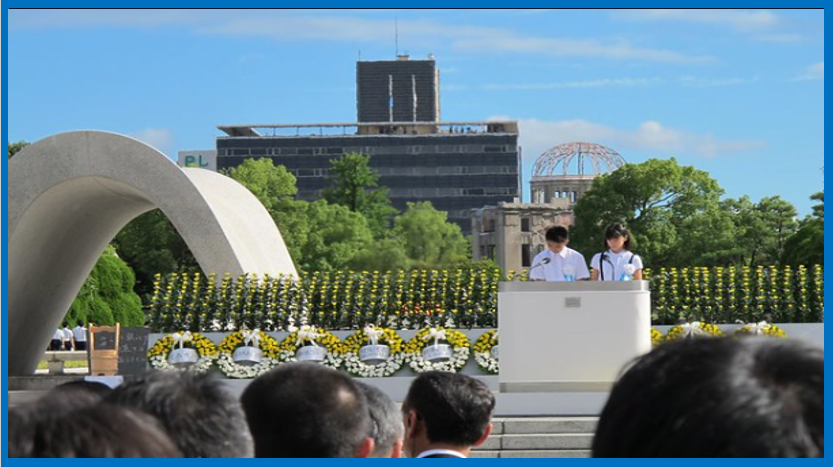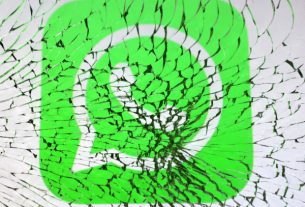As Japan commemorates the 80th anniversary of the atomic bombings of Hiroshima and Nagasaki, a new generation is stepping forward to preserve the memories of survivors and advocate for nuclear disarmament.
Remembering the Tragedy
On August 6, 1945, the United States dropped an atomic bomb—nicknamed Little Boy—on Hiroshima, killing approximately 80,000 people instantly. Three days later, Fat Man, a plutonium bomb, was detonated over Nagasaki, resulting in an estimated 80,000 additional deaths. By the end of 1945, the combined death toll had risen to over 200,000 due to radiation-related illnesses and injuries.
This year’s memorial ceremonies in Hiroshima and Nagasaki are expected to draw thousands of attendees from around the world. However, the number of surviving hibakusha—atomic bomb survivors—continues to decline. A government report released in March confirmed only 99,130 survivors remain, with an average age of 86.13.
Passing the Torch
With firsthand accounts fading, museums, civic organizations, and individuals are working to preserve the legacy of the bombings. Among them is 12-year-old Shun Sasaki, a Hiroshima native who has been guiding foreign visitors through the Hiroshima Peace Memorial Park since 2021.
Sasaki’s interest was sparked in early childhood when he questioned the presence of the Atomic Bomb Dome. His research led him to the Peace Memorial Museum, where he learned about the devastation wrought by the bomb. He later discovered that his great-grandmother, Yuriko, had survived the blast but succumbed to cancer decades later—likely due to radiation exposure and the infamous “black rain” that followed the explosion.
Fluent in English from a young age, Sasaki now shares Hiroshima’s story with international visitors, many of whom are unaware of the full extent of the tragedy. “Some people cry,” he said. “They tell me we must never let this happen again.”
A Message for the Future
Sasaki will deliver this year’s Children’s Commitment to Peace speech at the Hiroshima ceremony. “We cannot change the facts about what happened here,” he said, “but we can use the truth about the bomb to change the future.”
In Nagasaki, similar efforts are underway. The Nagasaki Atomic Bomb Museum has launched an international campaign to convey the reality of nuclear warfare across generations. Director Takuji Inoue emphasized the urgency of these efforts amid rising global tensions and renewed nuclear threats.
“Hiroshima will always be remembered as the first city attacked with an atomic bomb,” Inoue said. “Whether Nagasaki remains the last depends on the choices we make today.”
Excerpts from DWNews article By Julian Ryall, Tokyo
Hiroshima-Nagasaki Memorial Picture by CTBTO Photostream



